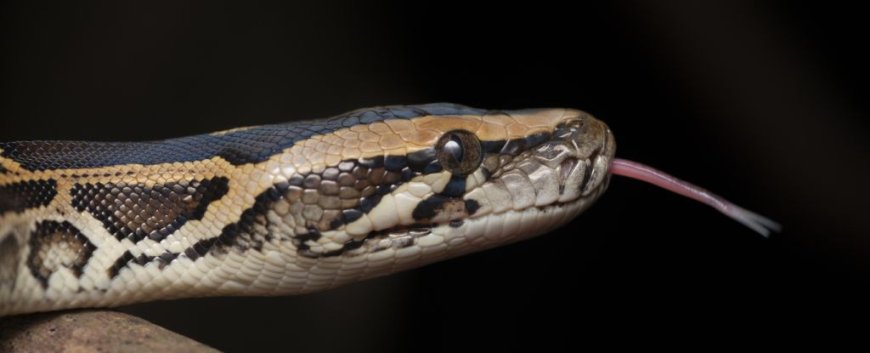Scientists Discover New Cell in Pythons for Digesting Bones
Researchers have identified a unique cell in Burmese pythons that allows them to fully absorb the skeletons of their prey by processing calcium and phosphorus. This discovery sheds light on how snakes digest bones and avoid calcium overload.

When carnivores that roam our Earth feast gleefully on the flesh of their prey, the hard, unpalatable bones are usually left behind. But snakes can unhinge their jaws to swallow their meals whole – and, unlike other animals that pass or regurgitate the bones they cannot break down, the skeletons swallowed by snakes do not re-emerge in a recognizable format. Exactly how snake bodies pull off this astonishing feat of bone digestion has been unclear. Now, scientists have found a previously unknown type of cell in the intestines of Burmese pythons (Python molurus bivittatus) that appears to enable them to completely and utterly absorb the skeletons of their prey. These cells help process large amounts of calcium and phosphorus that would otherwise overload the snake's system.
Only a few animal species have been observed deliberately eating bones, a practice known as osteophagy. It's usually associated with the intake of phosphorus and calcium. Indeed, pet snakes that are only fed boneless food develop calcium deficiencies, so skeletons in fact appear to be a vital component of snakes' overall diet. But if calcium uptake wasn't limited, snake bloodstreams could be overloaded. The researchers used light and electron microscopy to study the enterocytes, cells lining the intestines, of Burmese pythons. They also took blood hormone and calcium measurements from snakes that were either fasting, fed normal prey, or fed boneless rats. The results revealed a specialized cell type that enables the snake to process and metabolize bones.
In addition, no bones or bone fragments were found in the feces of the pythons, suggesting that the skeletons of their prey are completely digested. The particles in the cells' crypts, the researchers determined, are excess to the snake's requirements once it has extracted all it needs from the completely dissolved bones. The purpose of the newfound cells seems to be to sequester and excrete the excess dissolved calcium and phosphorus. This suggests that the specialized cells may have evolved before the species diverged, or evolved multiple times in different animals. The researchers believe that other bone-eating animals that devour their prey whole may provide clues.
According to the source: ScienceAlert.
What's Your Reaction?
 Like
0
Like
0
 Dislike
0
Dislike
0
 Love
0
Love
0
 Funny
0
Funny
0
 Angry
0
Angry
0
 Sad
0
Sad
0
 Wow
0
Wow
0












































































































































































